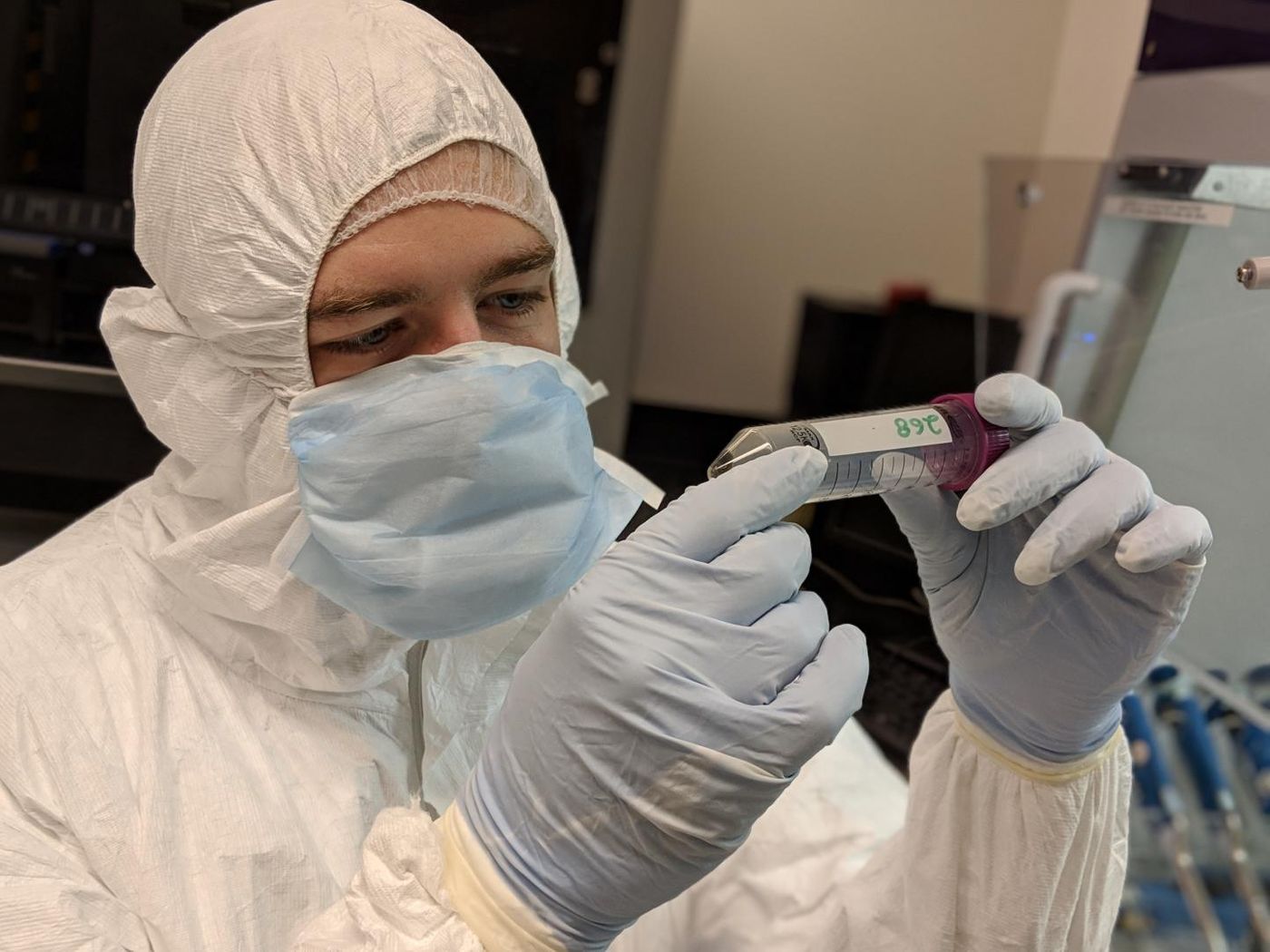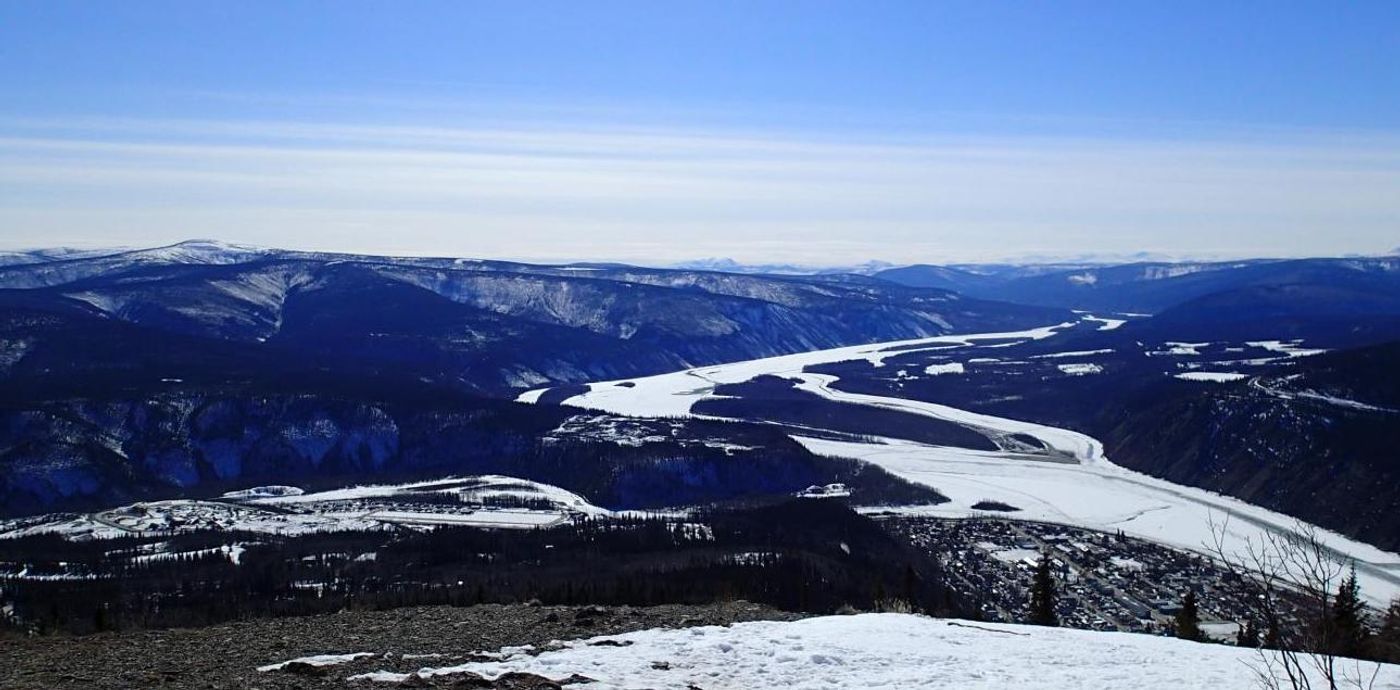Revealing More About the Past With a New Metagenomic Technique
Scientists can use advanced genomics techniques to mine samples for all the genetic material they contain. That genetic material can then be paired with modern computing technology to match it with known organisms. This metagenomic technique can teach us about our environment and the environments of the past.
Researchers have now developed a new protocol for analyzing DNA in soil samples. This will enable investigators to assess genetic material from the myriad animals and plants that may have left genetic material behind there, even organisms that are long extinct. The work, which can tell us more about the habitats of millennia gone by, has been reported in Quarternary Research.
In this study, the researchers applied their method to permafrost samples recovered from four sites in the Yukon. They are meant to represent parts of the transition from the Pleistocene to the Holocene age, which was around 11,000 years ago.
During this transition, many large animals or megafaunas like mastodons and mammoths went extinct during this time. The Yukon soil samples, which were as small as about 200 milligrams, yielded genetic material from many animals including horses, bison, reindeer, and mammoths, as well as thousands of plants. This work has also provided some new insights.
The researchers were surprised to find, for example, that the woolly mammoth was around for longer than we thought. Woolly mammoths and horses seem to have still been in the Klondike region of the Yukon about 9,700 years ago, which is thousands of years later than fossils have suggested.
"That a few grams of soil contains the DNA of giant extinct animals and plants from another time and place, enables a new kind of detective work to uncover our frozen past," said study author and evolutionary geneticist Hendrik Poinar, director of the McMaster Ancient DNA Centre. "This research allows us to maximize DNA retention and fine-tune our understanding of change through time, which includes climate events and human migration patterns, without preserved remains."
This work will enable scientists to analyze DNA without having to separate it from the other stuff that's in sediment samples. DNA may be destroyed during the harsh treatments that have to be applied to remove contaminants and leave only DNA behind.
"All of the DNA from those animals and plants is bound up in a tiny speck of dirt. Organisms are constantly shedding cells throughout their lives. Humans, for example, shed some half a billion skin cells every day. Much of this genetic material is quickly degraded, but some small fraction is safeguarded for millennia through sedimentary mineral-binding and is out there waiting for us to recover and study it," explained study author Tyler Murchie, a graduate candidate in the Department of Anthropology.
"Now, we can conduct some remarkable research by recovering an immense diversity of environmental DNA from very small amounts of sediment, and in the total absence of any surviving biological tissues."
Learn more about metagenomics from the video above. The video below outlines Earth's geologic time scale.
Sources: AAAS/Eurekalert! via McMaster University, Quarternary Research










